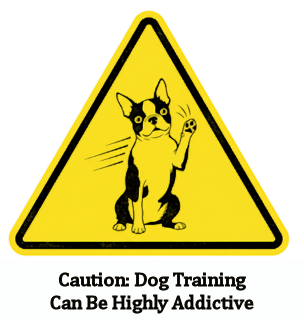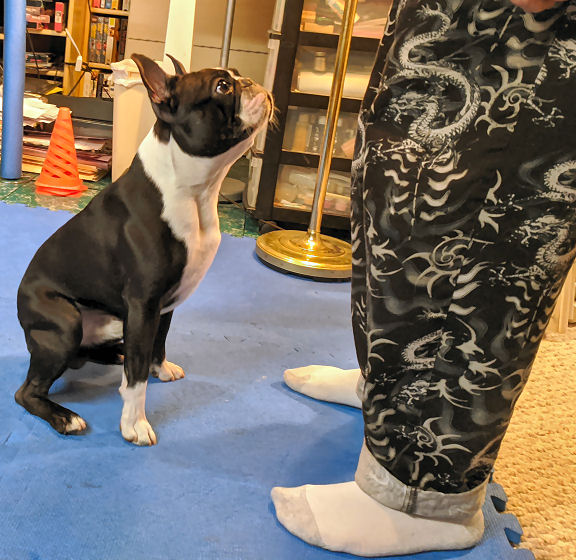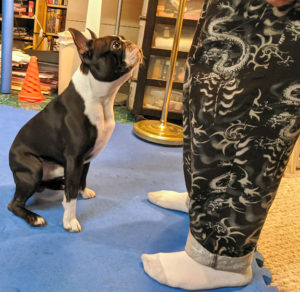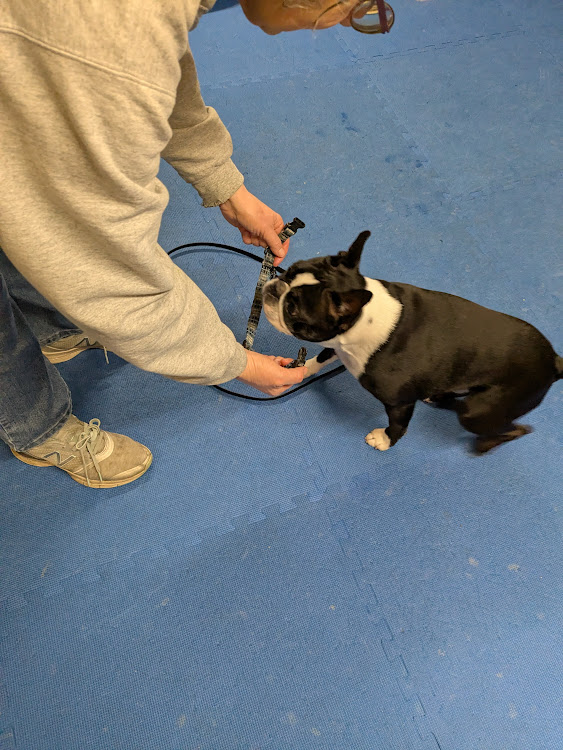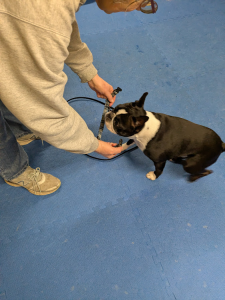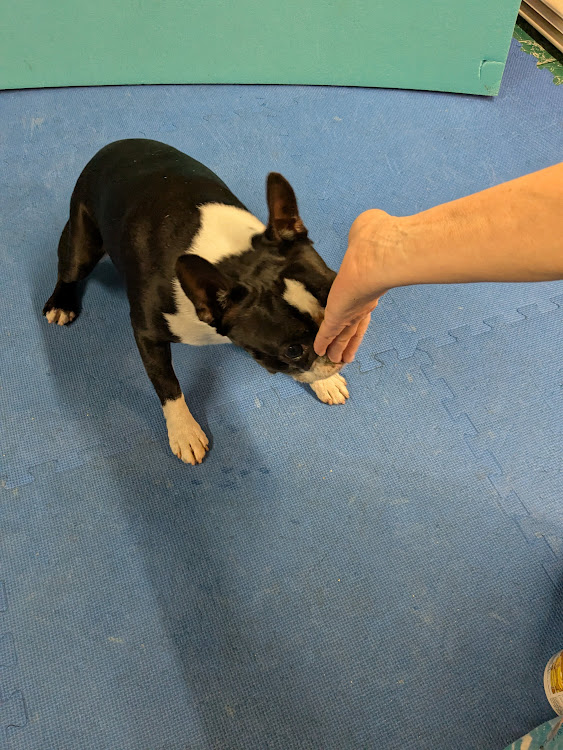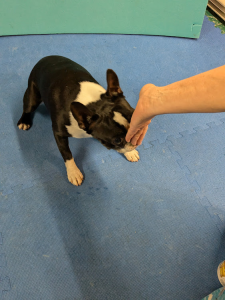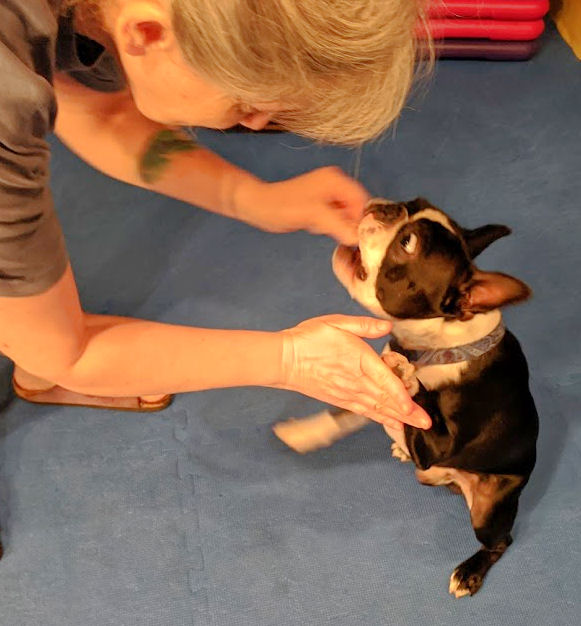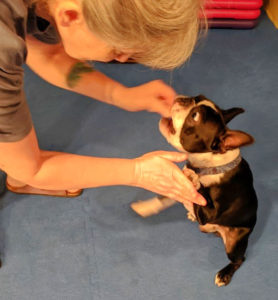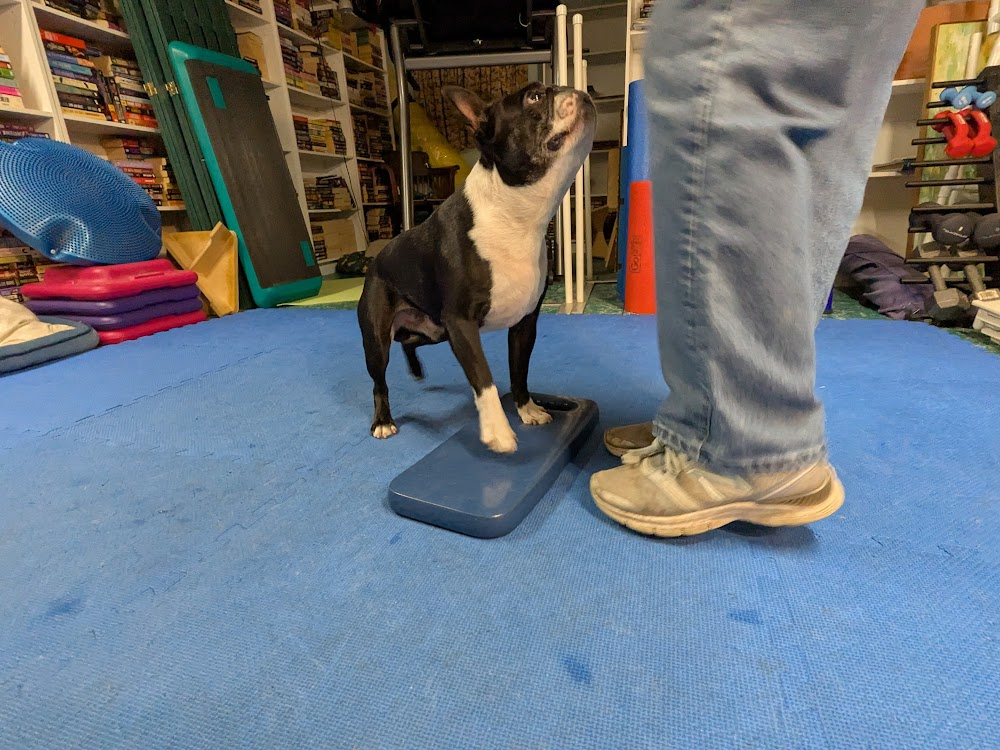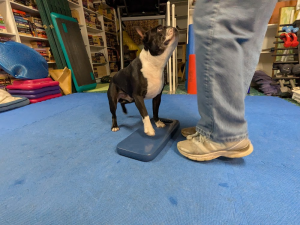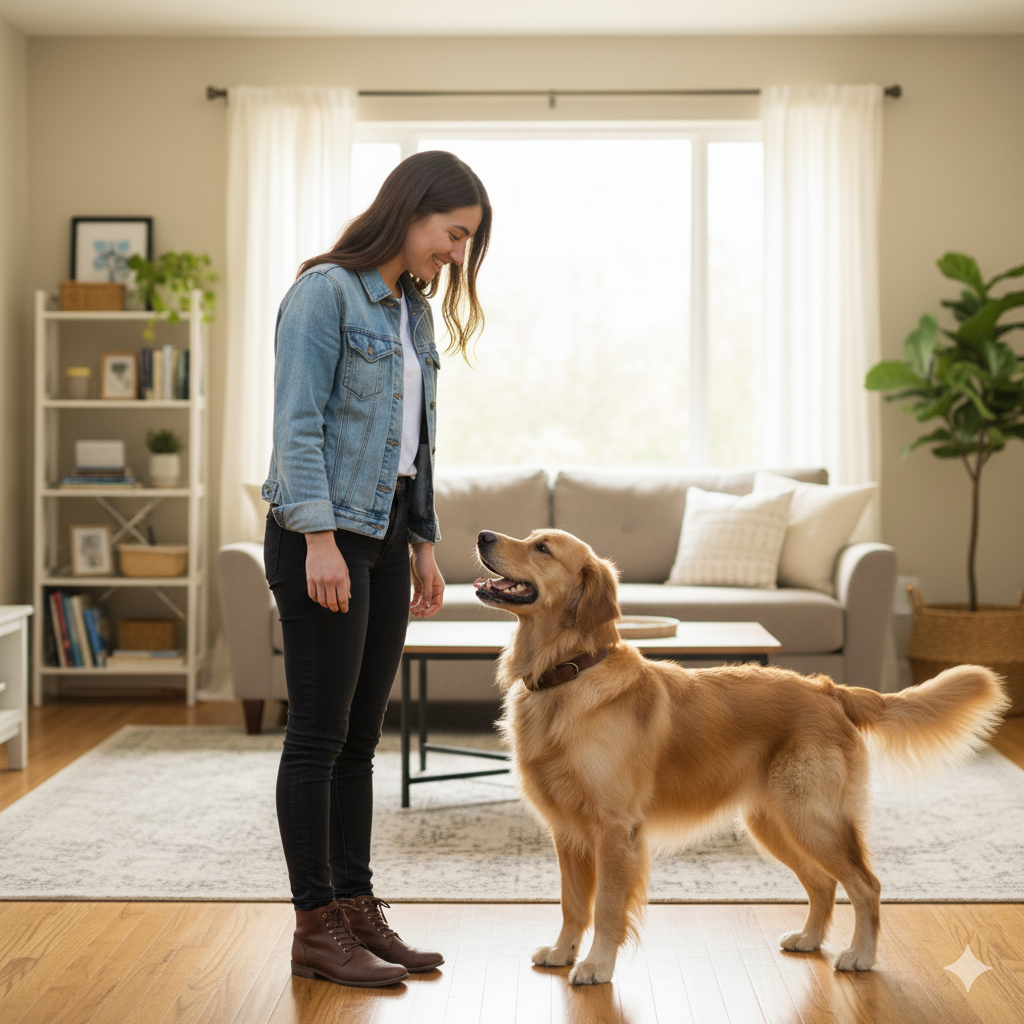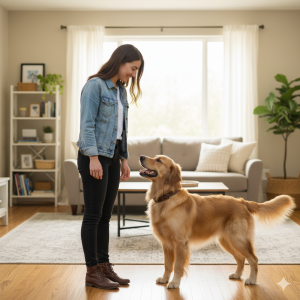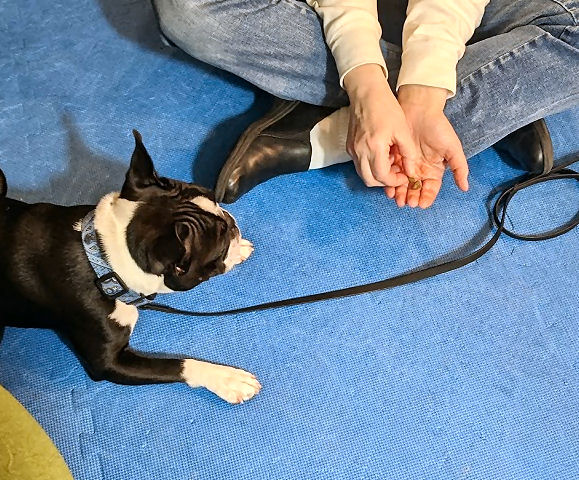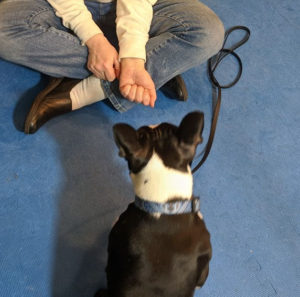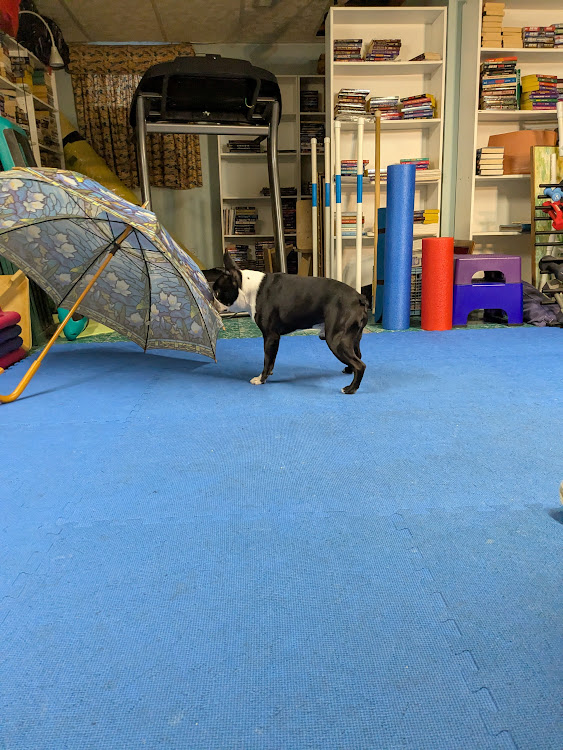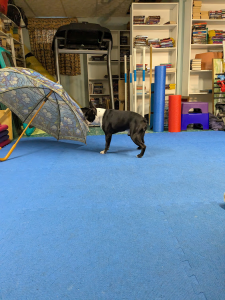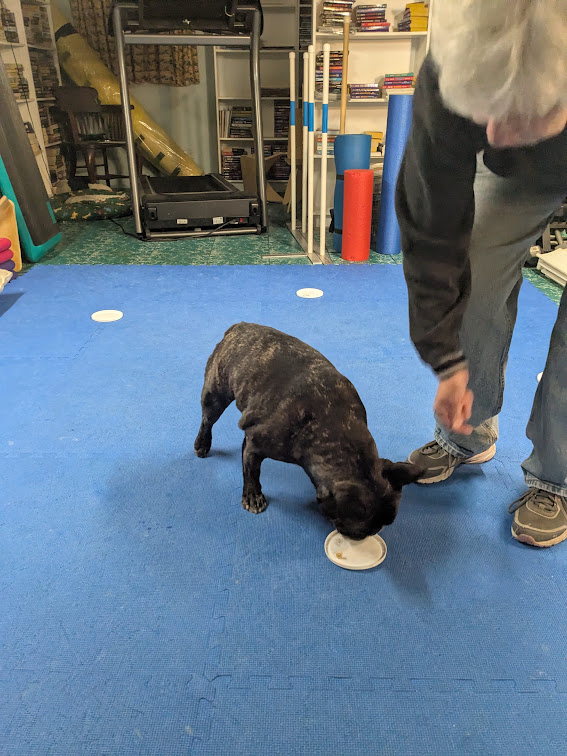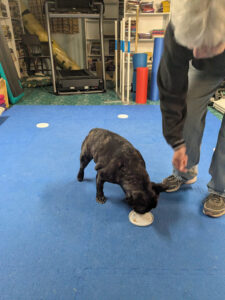A cautionary document for the unsuspecting dog owner.
We feel obliged to issue this warning for anyone contemplating a training journey. There are consequences—both intended and corollary—that will change your life forever.
Your perception of dogs will change. Your expectations will change. You will laugh. There might be crying. You will definitely have fun.
The results of 2-minute training are wide-reaching. You’ll look at neighbors and think, “They could use 3-Step Pattern Walking.” You’ll visit a friend and “fix” their dog’s jumping habit in five minutes.
You’ve been warned. Here is what to expect:
1. The “Telepathic” Velcro Bond
If you thought you were best friends before, you ain’t seen nothing yet. 2-Minute games create a learning partnership that feels like a psychic connection.
- The Downside: If you had a “Velcro dog” before, they’ll now take residence practically inside your skin.
- The Cost: Be prepared to buy an extra dog bed for every room, including the bathroom. If your dog is particularly dexterous, you’ll have to buy them a phone so they can text you every 10 minutes.
2. The End of “Days Off”
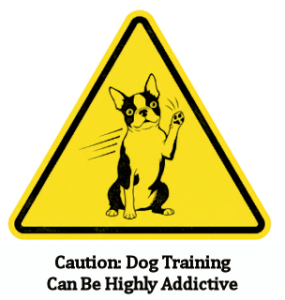
If you play training games right after breakfast, be prepared to play every day at precisely the same time. Even on weekends. Even on holidays.
Pro Tip: The only way to avoid your dog’s absolute devotion to the schedule is to randomize your training program.
Even then, when your dog determines “It’s time!”, prepare for incessant nagging. Don’t look them in the eye. Nothing will make you cave faster than those soulful, puppy dog eyes.
3. The “Puppy Push-Up” Chaos
You’ll have to contain your laughter when your dog’s excitement spurs them to show you every trick they know the second you ask, “Do you want to play?” It’s adorable when a dog starts doing Puppy Push-ups with no prompting. Steel yourself! If it’s not what you asked for, it doesn’t get the reward. No smiles, no laughter, and definitely no scritches.
4. The Inevitable “Brain-Dead” Days
There will be days when your dog looks at you like they’ve never heard the word “Sit!” before. You know they have. You have video evidence.
- The Reality: Some sessions are write-offs.
- Plan B: Play fetch instead. It’s a poor second, but some days it’s all the brains your dog’s got.
Is your addiction complete?
Your social schedule will change. 2-Minute training will change your life. You’ll realize you have more fun with your dog than most people you know. When you start thinking, “I could be home playing with my dog,” the transformation is finished. Ready to start your own “addiction”? Sign up for our 2-Minute Newsletter!

